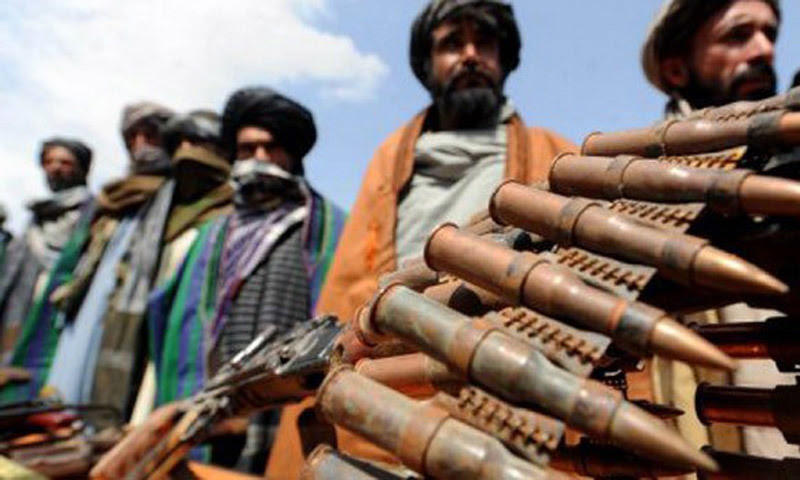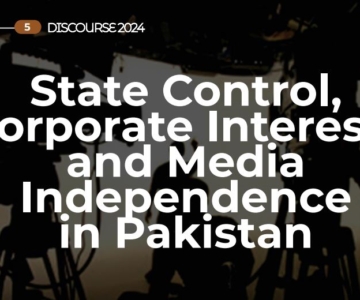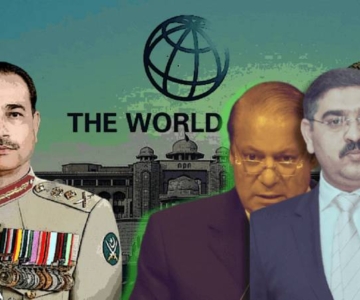Pakistan’s treatment of its minorities is unenviable to say the least. It is ironic that a country created to protect the Muslim minority of undivided India has turned into a dangerous place for religious minorities. The issue is no longer about the status of non-Muslims in an Islamic Republic. Since the 1970s, our gradual drift towards a religious state has rendered the Shia and Ahmadis insecure. In the early 1980s, rabid, violent anti-Shia groups emerged which have been operating in the country with impunity. Their strength and powerful patrons within the establishment historically have been mightier than the writ of the civilian law enforcement apparatus.
It is only in recent years that the military has realised the pitfalls of allowing such groups to exist and proliferate. The crackdown on Lashkar e Jhangvi (LeJ) in the Punjab is part of the strategy. But the LeJ factions have re-emerged as facilitators of Islamic State or Daesh and have rebranded themselves as LeJ Aalami. It would require a comprehensive shift in our security policy to tackle the overgrown spectre of sectarian militancy. However, with Pakistan’s policy choices in the Middle East and readiness to act as a Saudi satellite one wonders how the state will repair a badly bruised body politic.
Our Interior Minister, a few months ago, stated that banned sectarian outfits should not be equated with terrorist groups. If one were to apply this logic, the sectarian attacks like the one on Hazaras in Quetta cannot be cited as ‘terrorism’?
Last Sunday when the country was busy following the cricket match between Pakistan and India, the persecuted Hazara-Shia community of Quetta was attacked once again. Three people including a policeman died in a premeditated targeted killing. The Hazara-Shia community has been under attack for years now. Their markets, recreation places have been brutally attacked in the past.
Howsoever the mainstream media — especially the television channels — may want to report on such incidents, the Hazaras are not killed for their ethnicity but for their Shia faith. Despite numerous operations against the LeJ, their field presence has not disappeared. Let it be clear that groups like LeJ, aside from their myriad objectives, have been vowing to purify Pakistan of Shias. This is what makes them a part of the larger Wahabi-Salafi inspired groups such as Al Qaeda, Taliban and now the Daesh or Islamic State.
While the history of Pakistan military’s alliances since the Zia regime are well known, the political parties in the Punjab have been wavering. In part, out of the fear and perhaps more for pragmatic (and in some cases electoral) reasons, they continue to mollycoddle groups with a public agenda to kill other Pakistanis.
For instance our Interior Minister, a few months ago, stated that banned sectarian outfits should not be equated with terrorist groups. If one were to apply this logic, the sectarian attacks like the one on Hazaras in Quetta cannot be cited as ‘terrorism’?
While the Sharif brothers flaunted and owned up to the Punjab operations against LeJ in the past few years, their government does not speak with one voice. Such obfuscation makes the government approach ambiguous and thereby an opportunity for their opponents to term them as soft on sectarian violence. And if one adds up their loyalty to the Saudi Kingdom, this argument bears even more weight.
Yet the security policy is not entirely under the control of the elected government. The sectarian militias are part of the security calculus in Balochistan where the military has been fighting the Baloch insurgents. The external assistance to the separatists notwithstanding, the paradigm to pitch Sunni (violent) extremism as an antidote to an ethno-nationalist sentiment is dangerous. And it seems that all the lessons of past decades are lost to those who craft such policies. Were the LeJ and Pakistani Taliban combine not responsible for numerous attacks on military and intelligence personnel? Sadly, the forums — national security council and parliament’s dormant committees — where such strategies need to be debated have done little in this direction.
LeJ’s former leadership may have been eliminated but the splinter groups continue to operate. Killing them is not a solution. The security apparatus and federal government, if some clarity is achieved, need to monitor the LeJ fragments, in particular their funding sources and recruitment drives in Balochistan and elsewhere. It is not too difficult to choke their foreign and domestic financing with the assistance of financial institutions. The security establishment needs to recognise that LeJ is a violent sectarian organisation, targeting a particular group of Pakistanis thereby making it detrimental to Pakistan’s stability and social harmony.
*Tailpiece: Friend and colleague, Rana Tanveer faces death threats issued by bigots who resent his honest reporting on the plight of Ahmadis and other minority groups in Pakistan. Punjab Police knows about it but little was done at the time of writing these lines. Will the Chief Minister Punjab take a few minutes out of his infrastructure obsession and do something to protect a brave journalist?
Published in Daily Times, June 10, 2017: To protect Pakistanis, reframe security policy



